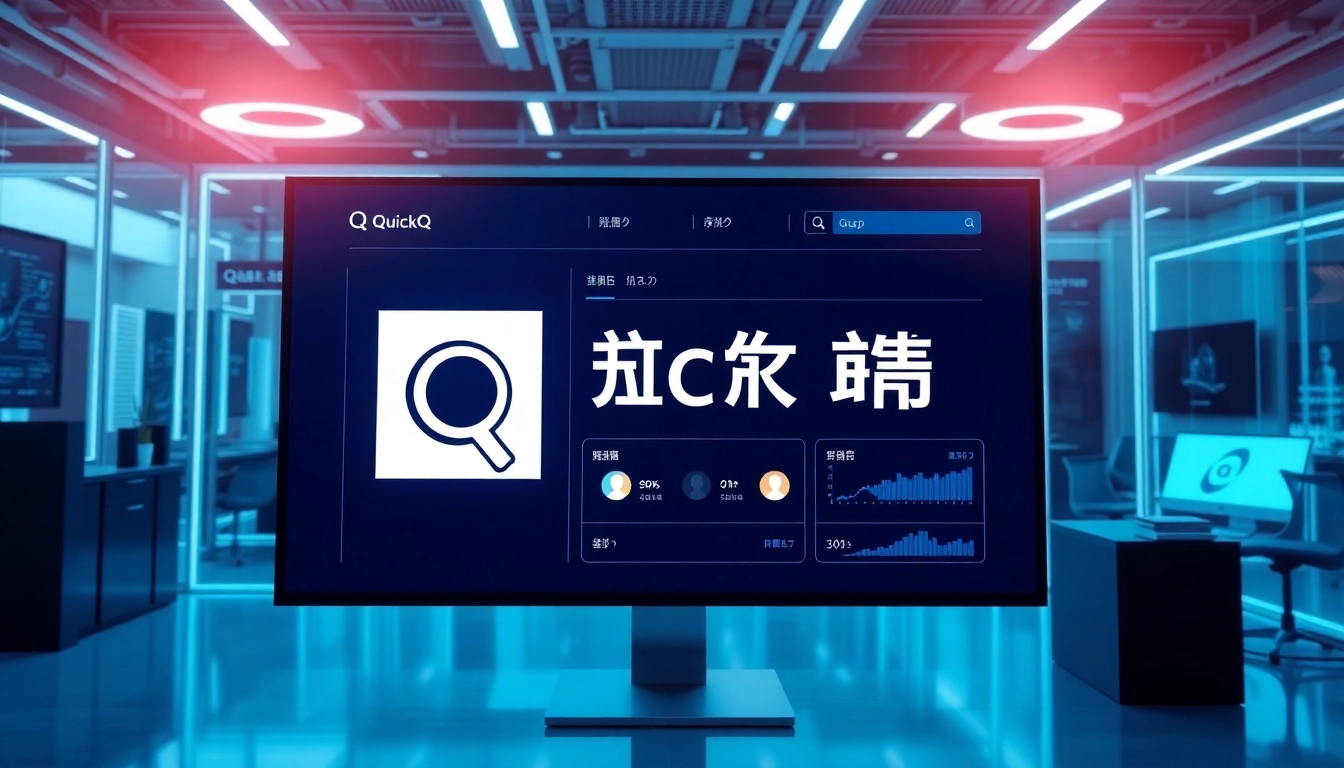Introduction to AI Detection
The rapid advancement of artificial intelligence has brought forth an array of transformative technologies, one of which is the ability of AI to generate text. This capability poses questions about authenticity, originality, and accountability. As a result, the field of ai detection has emerged to address these challenges by developing methods and tools to identify content generated by artificial intelligence. Understanding AI detection is crucial for educators, content creators, and businesses alike, as it helps to maintain integrity across various sectors.
What is AI Detection?
AI detection refers to the processes and technologies used to determine whether a piece of content was created by an AI model or a human. This involves analyzing textual data to identify patterns typically associated with AI-generated outputs, including syntax, style, and semantic structures. Various methods, from simple heuristic checks to complex algorithmic analyses, are employed within this domain.
Importance of AI Detection
The significance of AI detection cannot be overstated. As AI-generated text becomes increasingly prevalent, so too do concerns regarding misinformation, plagiarism, and the erosion of authorship. Schools and universities must ensure that academic integrity is upheld, while businesses face challenges in content authenticity. Furthermore, detecting AI-generated content can bolster content moderation, enhance security protocols, and foster trust within digital platforms.
Overview of AI Generation Techniques
AI generation techniques encompass a range of methodologies that leverage machine learning and natural language processing to create coherent text. Prominent among these are models like GPT-3, which learn from extensive datasets to mimic human writing. Understanding these techniques is paramount for effective AI detection, as awareness of how AI generates text can inform the development of detection tools. Techniques such as supervised learning, reinforcement learning, and unsupervised learning play crucial roles in training these models, each contributing to the nuances found in AI-generated content.
Common Methods of AI Detection
Textual Analysis Techniques
Textual analysis techniques involve examining the characteristics of writing to draw conclusions about authorship. This can include:
- Syntactic Analysis: Evaluating sentence structure, grammar, and punctuation habits.
Syntactic markers such as unusual sentence lengths or repetitive structures can indicate AI involvement. - Stylistic Features: Analyzing word choice, frequency, and variability.
AI generated content may exhibit less variation in vocabulary compared to human writers. - Semantic Analysis: Assessing how well the content conveys meaning and context.
AI may struggle with nuances or culturally specific references, leading to discrepancies.
Machine Learning Algorithms
Machine learning algorithms form the backbone of sophisticated AI detection systems. These algorithms can be trained on labeled datasets, where instances of both AI-generated and human-written texts are used to discern patterns. Common types of algorithms include:
- Support Vector Machines (SVM): Effective for binary classification tasks, determining if text is AI-generated or not.
- Neural Networks: Particularly deep learning models that can learn complex patterns in language.
- Random Forests: Utilizing ensemble learning to improve accuracy by combining multiple decision trees.
Comparative Approaches
Comparative approaches involve examining a piece of text against a database of known samples to assess its likelihood of having been generated by AI. Methods might include:
- Benchmarking: Setting a standard of measurement to compare an unknown text against.
- Statistical Analysis: Leveraging statistical tools to analyze the frequency of particular words or phrases, thus pinpointing deviations typical of AI outputs.
Challenges in AI Detection
Identifying Complex AI Outputs
The complexity of AI outputs can often render detection tools ineffective. As models grow increasingly sophisticated, replicating diverse writing styles and emotions, distinguishing between human and AI content becomes challenging. To mitigate this:
- Continuous model training on up-to-date datasets helps keep detection tools relevant.
- Utilizing ensemble methods that combine multiple detection strategies can improve accuracy.
False Positives and Negatives
False positives (human text misidentified as AI) and false negatives (AI text misidentified as human) can undermine the credibility of detection systems. Factors contributing to this issue include:
- Overlap in Writing Styles: Human writers may unwittingly mimic AI styles, resulting in misidentification.
- Contextual Misunderstanding: Detecting systems may not fully grasp the context or subtext of the writing.
- Insufficient Training Data: A lack of diverse examples can skew the algorithm’s accuracy.
Ethical Considerations in AI Detection
Ethics plays a vital role in AI detection. The deployment of detection tools necessitates careful consideration of privacy, consent, and the potential for bias. Issues to address include:
- Data Use and Privacy: Ethical implications arise from how training data is sourced and utilized.
- Bias and Fairness: Ensuring that AI detection systems do not inadvertently favor certain writing styles or demographics.
Applications of AI Detection
Education and Academic Integrity
In educational settings, AI detection tools are pivotal in maintaining academic integrity. By distinguishing between authentic student submissions and AI-generated text, educators can uphold standards. Potential uses include:
- Plagiarism detection.
- Evaluating the originality of research papers.
Content Moderation in Publishing
For publishing sectors, effective AI detection can ensure the quality of published material. Detecting AI-generated content helps maintain the integrity of written publications, ultimately enhancing reader trust. Challenges might include:
- Developing robust review protocols.
- Maintaining open lines of communication with authors regarding content authenticity.
Corporate and Security Insights
In corporate settings, AI detection can be leveraged for ensuring secure communications and assessing the integrity of internal documents. Various applications include:
- Identifying potential security threats posed by AI-generated phishing attempts.
- Monitoring internal documents for authenticity.
Future Trends in AI Detection
Advancements in Detection Technology
The future of AI detection lies in advancements in technology. Innovations in natural language processing, such as transformer models, represent promising avenues for more accurate detection. Emerging trends include:
- Utilizing larger datasets for training detection models.
- Implementing real-time detection capabilities for instant feedback.
Integrating AI Detection in Workflows
Organizations are beginning to embed AI detection tools into their existing workflows. This integration ensures a seamless operation where content authenticity is routinely evaluated. Essential steps include:
- Establishing best practices for text evaluation.
- Training staff on the implications of AI-generated content.
Regulatory and Compliance Impacts
As the AI landscape evolves, regulatory frameworks surrounding AI detection and content integrity are likely to emerge. Organizations will need to stay informed about compliance requirements to avoid potential penalties. Noteworthy considerations include:
- Adapting policies to align with evolving regulatory standards.
- Partnering with legal experts to navigate compliance complexities.














Leave a Reply